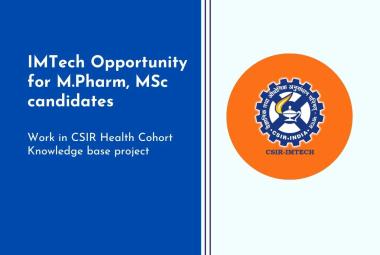Researchers have identified LGI1 (leucine-rich, glioma-inactivated 1) rather than voltage-gated potassium channels as the autoantigen associated with limbic encephalitis, a finding that may change diagnosis and classification of the disorder.
Josep Dalmau, MD, PhD, with the Department of Neurology, University of Pennsylvania, Philadelphia, and colleagues reported the findings in The Lancet Neurology, published online June 28, 2010.
[adsense:336x280:8701650588]
On the basis of their findings, the study authors suggest that limbic encephalitis should now be classified as an autoimmune synaptic encephalopathy, similar to those associated with NMDA or AMPA receptor antibodies.
Dr. Dalmau told Medscape Medical News that when antibody tests are compared with poorly syndrome-specific radioimmunoassays, the techniques used to determine LGI1 and CASPR2 antibodies are faster, easier, and cheaper and do not require radioactivity. "We filed a patent for the use of LGI1 as a diagnostic test; we expect that the test will be commercialized soon," he said.
The Real Autoantigen
Autoimmune synaptic encephalopathies are neurologic disorders in which patients develop antibodies against proteins on neuronal synapses. Patients present with seizures and neuropsychiatric symptoms, including psychosis and changes in memory, cognition, and behavior.
These symptoms are common in patients with limbic encephalitis, an autoimmune synaptic encephalopathy that has previously attributed to autoantibodies against voltage-gated potassium channels. However, the researchers point out that the results of their own antibody testing, using serum from patients with limbic encephalitis to cells expressing voltage-gated potassium channels, were negative.
"On the basis of these negative findings, we postulated that the antibodies of these patients might be directed against other neuronal cell-surface proteins, and we aimed to identify the real autoantigen associated with limbic encephalitis."
The researchers collected serum and cerebrospinal fluid samples from 57 patients with limbic encephalitis who had antibodies attributed to voltage-gated potassium channels, as well as 148 patients who had disorders other than limbic encephalitis, with or without antibodies against voltage-gated potassium channels.
They identified the LGI1 antigen using immunohistochemistry, immunoprecipitation, and mass spectrometry, as well as serologic testing with LGI1-transfected cells. They confirmed the identity of the LGI1 by immunoabsorption studies and immunostaining of Lgi1-null mice.
From Channelopathy to Synaptopathy
Antibodies from patients with limbic encephalitis, previously attributed to voltage-gated potassium channels, were actually found to recognize LGI1. In addition, LGI1 was present in the sera of patients with limbic encephalitis but not in those with other disorders.
One patient with limbic encephalitis and antibodies against LGI1 also had antibodies against CASPR2, an autoantigen that was also detected in some patients with encephalitis and seizures, Morvan's syndrome, and neuromyotonia.
"We postulate that the antibodies of patients with limbic encephalitis disrupt the function of LGI1, resulting in increased excitability, seizures, and memory deficits," Dr. Dalmau told Medscape Medical News.
He added that different syndromes that were difficult to explain as a result of a single immune response against voltage-gated potassium channels are now explained by the identification of antibodies against 2 different molecular targets, for example, LGI1 for limbic encephalitis and CASPR2 for patients with encephalitis and peripheral nerve hyperexcitability or some forms of neuromyotonia or Morvan's syndrome.
Implications for Other Diseases
In a related editorial, Jérôme Honnorat, MD, PhD, with the Hopital Neurologique Pierre Wertheimer in Lyon, France, pointed out that the transsynaptic LGI1 protein complex might have a major role in epileptic seizures, mood disorders, or neuropsychological symptoms, such as memory disturbance.
"Thus studies on the role of LGI1 could lead to the identification of new therapeutic strategies to treat epilepsy, mood disorders, or even neurodegenerative diseases, such as Alzheimer's disease," he writes.
"There is more and more evidence that many synaptic proteins are involved in limbic encephalitis or other neurological autoimmune diseases," he told Medscape Medical News in an interview.
These proteins include LGI1, NMDAR, AMPAR, GABABR, and mGLUR1. "The fact that antibodies directed against these proteins may play a direct role on the observed neurological symptoms suggests that animal models of disease can be developed and that the underlying pathology and ways to treat these disorders can be better understood."
The study was funded by the National Institutes of Health, the National Cancer Institute, and Euroimmun. Dr. Dalm has filed a patent application in the United States for the use of LGI1 antibody determination in patients' sera and cerebrospinal fluid as a diagnostic test. The other study authors have disclosed no relevant financial relationships. Dr. Honnorat has disclosed no relevant financial relationships.
Lancet Neurol. Published online June 28, 2010.








